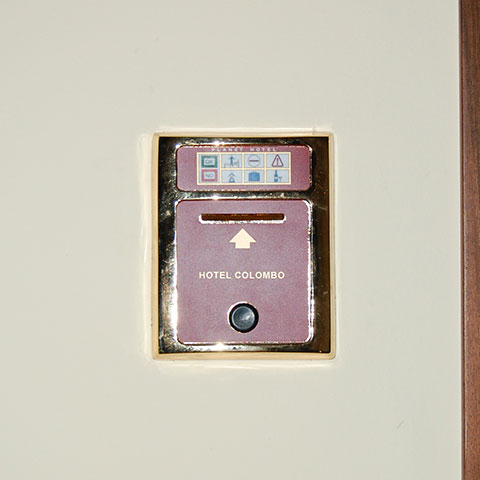Maserada sul Piave and surrounding areas
Origins
The origins of Maserada lie in an archipelago of islands, extending through the branches of the river Piave, in the stretch of flood plain between the Via Postumia and the river itself. Its name comes from Macerata due to its appearance, an area marked by flooding and the resultant accumulation of materials and rubble (macerie in Italian, hence the name).
The Romans settled there, organising the area by dividing it into parishes and introducing Christianity. Subsequently, in the late imperial period, they built villages for soldiers returning from the trials of the long marches. The area, tormented by river flooding, above all in 1407 and 1450, underwent intense drainage works, carried out by the monks and local population.
Under the domination of the Republic of Venice, the town and surrounding areas benefited from a period of relative peace, during which many country houses for nobles were built.
What to see
Venetian rule resulted in the construction of villas ‘of delight’ for th Republic of Venice’s nobles. Some, particularly lovely and fascinating, are well worth a visit. These include the 14th century Villa Rossi which, in the 1500s, became the property of the noble Venetian family, the Papadopoli. During the following centuries, the ownership of property changed hands many times before passing to the Rossi family after the Second World War.
The 18th century Villa Astori buildings underwent various restoration works, the last of which was in the 1980s. Originally, the villa had a central section, barchessa (a portico), family chapel and magnificent garden.
Nestling in the green of an English-style park, complete with artificial lake, island and waterfall, Villa Caccianiga has undergone countless rebuilding and extension works, which have completely changed the original layout of the 16th century building.
Worthy of note among the examples of religious architecture is, without a doubt, the parish church of Maserada, dating from 1795 and a synthesis of Neoclassical and Baroque styles. It is home to frescoes by the Venetian painter, Gian Battista Canal, who transferred the bible story of Joseph, a jewish, and the Shrine to the Madonna delle Vittorie where the frescoes of Gregorio Lazzarini can be admired.










